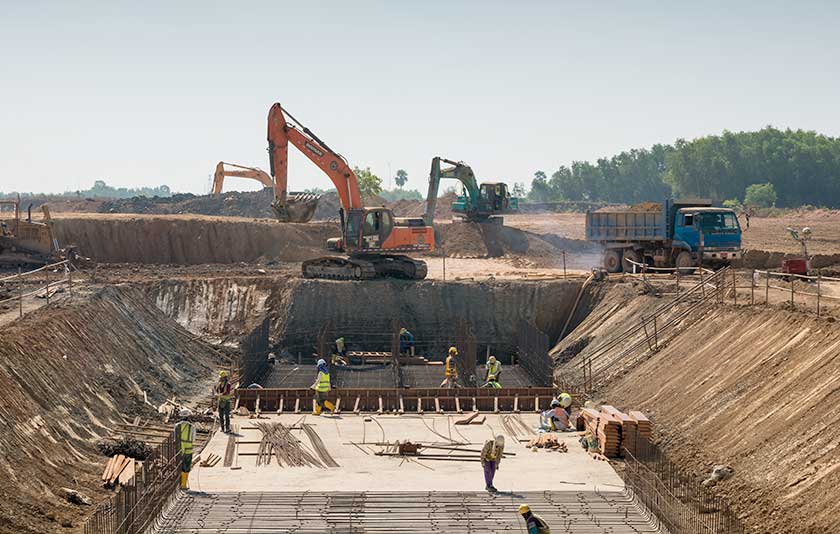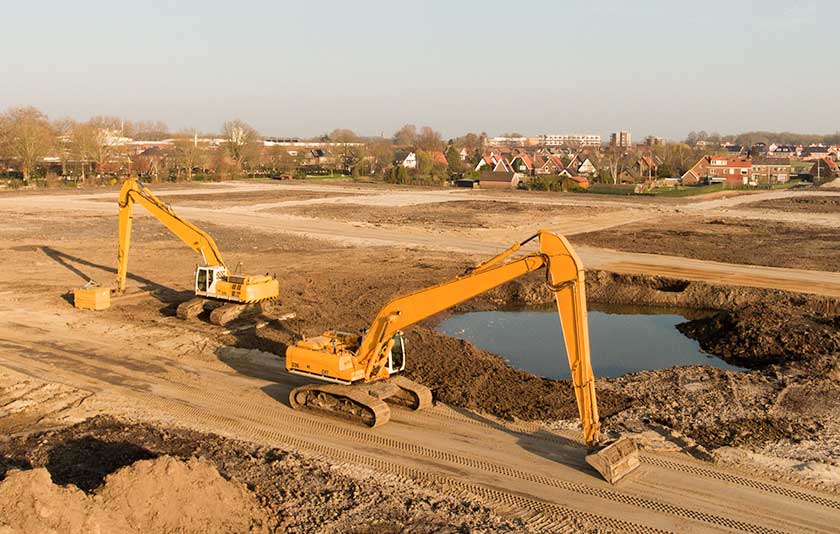GPS tracking for construction equipment is changing the building industry for the better in many ways.
A staggering $650 million of expensive machinery is stolen from construction sites every year in Australia.
However, technology like GPS (Global Positioning System) is helping to change this grim statistic. Tracking devices make thieves think twice about acting. Then in the unfortunate event they do, it helps quickly recover stolen equipment.
But deterring thieves isn’t the only benefit of using GPS systems in the construction industry. In fact, GPS can also boost productivity and efficiency by guiding machinery.
In light of all that, this article aims to explore what GPS-guided machinery is and its perks. Let’s dig right in.
How It Works
GPS measures the position of the machinery. For example, on dozers and motor graders, it can position the blade’s cutting edge.
This is done by attaching a receiver antenna on the blade or using a small inertial measurement unit on the machine’s body.
To determine the exact location of the bucket’s cutting edge, angle sensors on the boom, stick, and bucket cylinders calibrate the distance between the bucket and the antenna.
With dozers and graders, GPS gets their RTK (real-time kinetic) data from a base station set up on the construction site.
The operator plugs a digital, 3D topo map on the site into the machine’s monitor. It then slices to the monitor’s line or allows the GPS to be on automated mode.
This automated mode means the GPS can use the positioning data to guide the bucket to the exact position and contours of the design grade.
The RTK signal can broadcast over a wide area, so it can be used simultaneously with several machines onsite.
The Benefits of GPS Tracking for Construction Equipment
Using the GPS excavator systems allows for precise positioning and means you can get many benefits, including:
Safety
GPS accuracy means there is no need to put a rodman into a trench to measure the depth.
There is also no need for the survey to calibrate the accuracy of the work. This reduces the risk of putting workers in a trench, which is especially beneficial if it is deep.
Cuts Complex Contours
Single handedly, culverts with sloped sides, flat bottoms, pads, mounds, and retaining ponds can all be carved out accurately without disturbing the underlying soil. This means there’s no need for cleanup machines too.
No Over-Digging
The bucket will stop at the exact level you want it to. You literally dig once and then can move on. No need to fill in low spots or use compaction equipment.
Precise Slopes
Pipelines require extreme accuracy over long distances. With GPS guidance, this excavation can be done for miles without the need for regular surveying. It also allows for consistency; no low or high spots along the trench.
GPS-Guided Machinery is The Future
Using GPS tracking for construction equipment is the future of the construction industry.
GPS systems provide many benefits, including heightened safety, efficiency, and precision that can’t be achieved with traditional methods.
If you’d like to know more, please feel free to reach out and contact us today!






